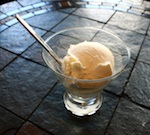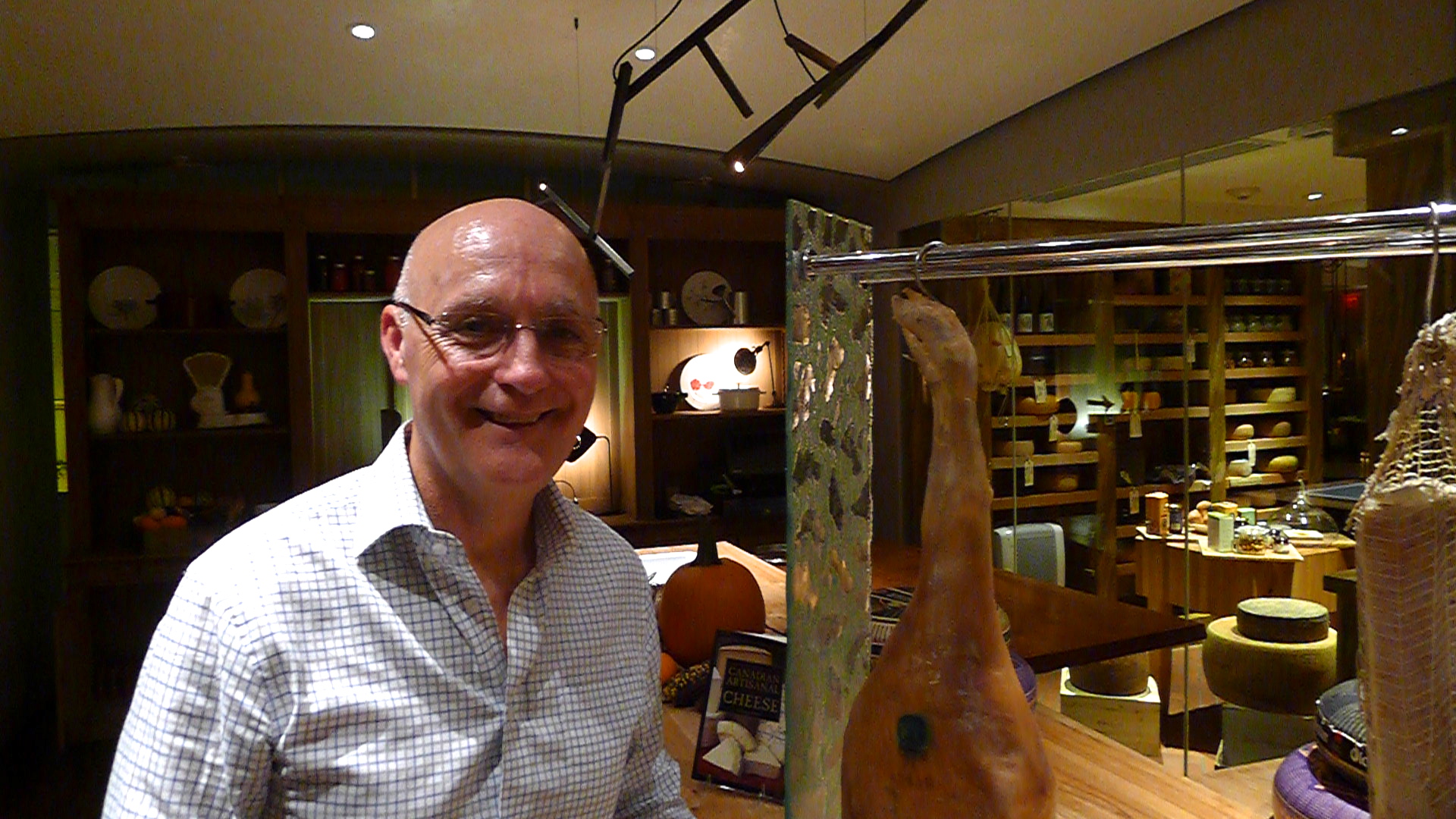by Lorette C. Luzajic

Over March Break, I tried to poison my nephews with sushi and wasabi. Well, that’s how they felt about it, anyhow, when I tried to switch up the menu of frozen fish sticks to which they have sadly become accustomed. I booked a tatami room at Yumei Sushi on Queen East and spent half my year’s salary on an array of maki rolls, sashimi, tempura, and so forth. Well, at least they enjoyed the special mugs that the tea came in.
Auntie’s food rules are strict, but not unreasonable, and I enforce them on myself as well, ever open to broadening my horizon. The rule is easy: you have to try everything, but you don’t have to finish anything. This prevents my own preconceived notions from getting in the way of new experiences. For the kids, it takes the pressure off if they aren’t hungry or don’t like something. When David wrinkled up his face in horror and then spit out the avocado roll, I told him how unfortunate it was that psychological aversion got in the way. If you spend the whole time telling yourself you’ll hate it, you will. As it turned out, that one didn’t even have any fish! In any event, these are the boys who chomped down on a whole bag of cheddar flavoured crickets that their crazy aunt gave them for Christmas one year, promising twenty bucks to whoever would eat just one.
No matter: sushi and wasabi, like crickets, are an acquired taste. The thing is, once you’ve acquired that taste, nothing else will do. No longer do you have to “try to incorporate fish” into the diet. You have to try not to incorporate it, because there are, after all, other kinds of food.
Still, there’s just nothing quite like the fresh, subtle flavours of various fish pieces speared with an elegant chopstick. The beginner starts off with some more familiar staples to prime his or her taste buds for the foreign but sublime sensations of uncooked seafood. Naked tuna and salmon are soon for lightweights; each time, the diner will risk something more unusual, adventuring into uncharted territories. Soon unagi (eel), tako (octopus), and gizzard shad are a breeze. ( I admit I always substitute the ikura for something else – I just can’t stomach a forkful of salmon eggs.)
Just as delicious as the rice and seaweed wrapped fish and veggies are the requisite before and afters of each bite. You cannot forego the simple sweet and salty joy of the gari. These pickled ginger slices are palate cleansers. After eating a piece of sushi, you take one of these thin slivers and chew it. It clears your mouth for a new taste. Ginger also helps with digestion.
But more importantly, every new piece of maki is a new opportunity to test the limits of wasabi endurance. Wasabi, of course, is the crown jewel of sushi. It’s a horseradish that grows in the freshwaters of Japan. It is searing hot, delivering a swift kick in the head. The rush is intense, unbearable, but brief. It’s powerful stuff- eyes will water and heads will roll, and then you’ll come back for more like a fool in love. Sushi without it just isn’t the same.
One New Years Day, many moons ago, there remained strewn on my floor an assortment of leftover revellers from the night before. Hungry, but far too poisoned from the night before to have more junk, we opted for a mega sushi platter to revitalize any organ damage that had occurred. Most of us were city slickers, but there was one fellow whom I’ll refer to as a hick; not as a personal affront, but simply to convey quickly that he was not a cosmopolitan type in any way. He was always up for anything, even the suggestion of raw fish, but he had only had sushi once or twice.
The platter came with a vast variety of rolls and slabs of fish and a giant round ball of wonderful wasabi in the middle. A few pieces in, I was ready for takeoff, but I couldn’t see where the horseradish had gone. A few of us began to look around, puzzled. Finally, I asked, “Where in the world did the wasabi go?”
In the silence that followed, some choking noises came from Andy, and turning to see what was up, we saw rivers flowing from his bald head and Niagara Falls coming out of his eyes. His hands were at his throat, clawing for relief. I thought he was choking at first; but then, he croaked out, “Is that what that was?”
Caution: never mistake the wasabi for a piece of sushi.
Lesson two: beware the butterfish, my personal favourite. This one goes by “white tuna” as well. Eat at your own risk. This fish has the best “mouthfeel” of anything that will ever pass between your lips, food or otherwise. It is a piece of rapture, with a clean taste and a divine texture. You will want no other kind of sashimi. You will never want for anything, not even diamonds, ever again.
But unless you’re prepared to dine in Depends diapers, take caution. White tuna is nothing of the sort – it is a cheaper fish called escolar, perfectly innocent except for some unpleasant side effects. Like that fat-free fat olestra, which glides through the body undigested only to plop unpleasantly out the other end of anyone dumb enough to diet on fake fat, the stomach can’t digest the fat in this particular fish. And so, this delicious delectable delicacy is not so delicate to your delicates. It will squish and squirm through your intestines, swimming as if it were still freely leaping through the ocean waves. Many a sushi eater has soiled himself after unsuspectingly eating this mischievous little squirt. Restos serving butterfish are unscrupulous unless they issue a diaper warning on the menu. That said, life without pablo escolar may not be worth living. Proceed with caution, and stick to one or two morsels. Some people do not seem to have this oil soil problem, and so far, I’m one of them- but I’m not taking any chances with more than a few bites.
Buttery un-pleasantries aside, sushi is drenched in nutritional goodness at every turn. It’s a veritable feast of Omega 3 fatty acids. Ocean fish is loaded with Vitamin D, which is nearly impossible to get naturally since plants don’t have it and the animals that should have it must be raised in sunlight to make it – and sadly, most aren’t. Seaweed is full of natural iodine. And raw fish is one of the best sources available of B12, which is partially destroyed by heat.
Of course, raw fish can be contaminated with maggoty splendour- how do roundworms and tapeworms sound to you?
Never fear: wasabi has antimicrobial properties, one of many reasons why it is traditionally paired with sushi. Don’t skip it.
 Author, Artist, Poet Lorette C. Luzajic’s website is www.thegirlcanwrite.net. Browse her books at Amazon.ca.
Author, Artist, Poet Lorette C. Luzajic’s website is www.thegirlcanwrite.net. Browse her books at Amazon.ca.







The best name I heard for the “you have to try something” rule is the “no thank you bite”